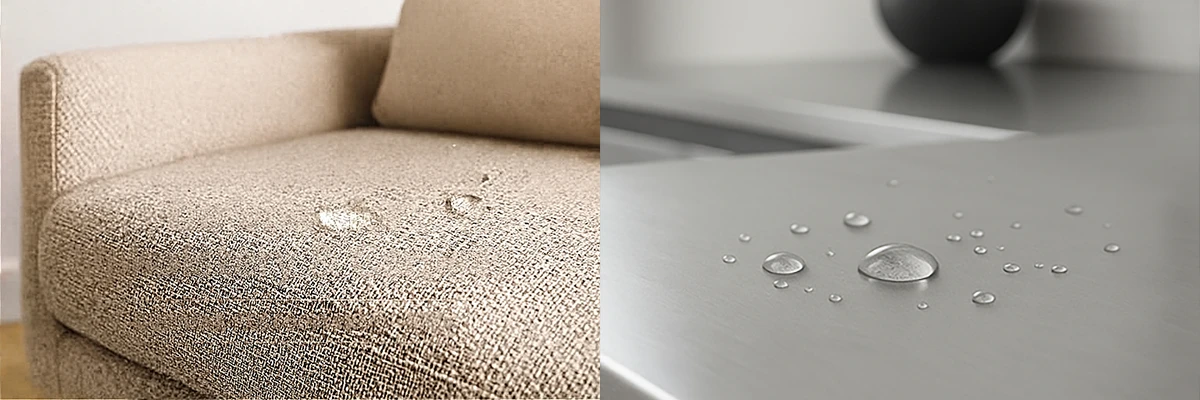PFAS-free Liquid Glass Coatings
Our innovation: PFAS-free - yet still oil-repellent
PFAS-free coatings are the defining topic of our industry – and we are setting new standards. As one of the world’s leading manufacturers, we already offer a wide range of high-performance, sustainable Liquid Glass coatings.
Learn about PFOA & PFAS
References:
/ Houde, M., De Silva, A. O., Muir, D. C. G., & Letcher, R. J. (2011). Monitoring of perfluorinated compounds in aquatic biota: An updated review. Environmental Science & Technology, 45(19), 7962–7973.
/ Kannan, K., Corsolini, S., Falandysz, J., Oehme, G., Focardi, S., & Giesy, J. P. (2004). Perfluorooctanesulfonate and related fluorochemicals in human blood from several countries. Environmental Science & Technology, 38(17), 4489–4495.
Selected product groups
We offer a wide range of highly effective products for different applications and sectors, like:
Interested?
Get in touch and learn how we can help!







